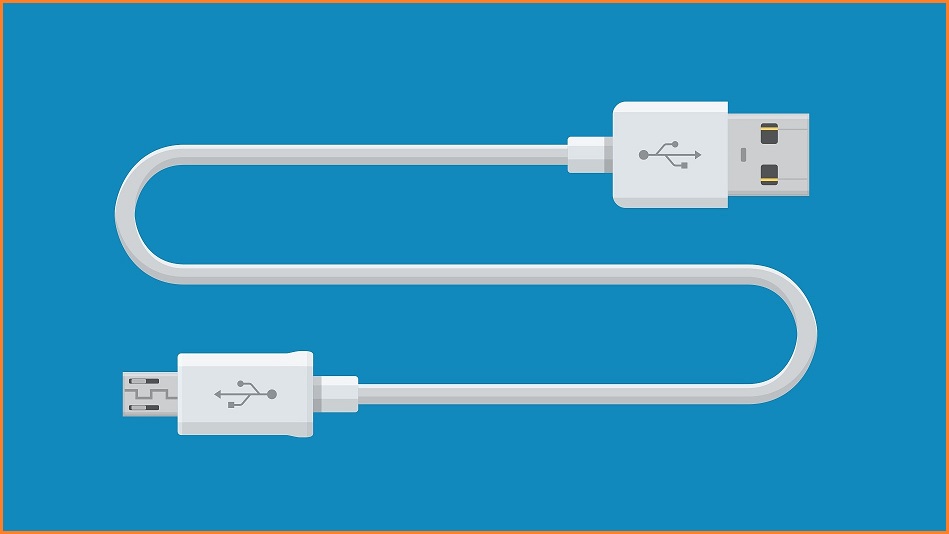The USB-IF (Implementers Forum) has announced the release of a new USB specification, namely ‘USB4 Version 2.0’, which still uses the type-C connector, yet is a massive upgrade in terms of data rate speeds, smart bandwidth allocation, and power delivery.
The new USB generation ensures backwards compatibility with older electronic devices that use USB 2.0 and USB 3.2 while letting people reap the benefits of technological advancement on hardware capable of using USB4 v2 to its full potential.
Blasting speeds
USB4 v2 doubles the transfer data rate of the previous generation, USB4 Gen 3x2, taking it from 20 Gbps to 40 Gbps per channel.
However, because UBS4 v2 is based on the Thunderbolt 3 protocol, which uses dual bidirectional lanes, when USB4 v2-rated cables are used, the maximum possible transfer rate can reach up to 80 Gbps (9.6 GB/sec).
Where needed, a new “asymmetric” mode can be activated, allowing a host device to output 120 Gbps while limiting the return to 40 Gbps, giving the new protocol unprecedented versatility.
More power
USB4 v2 can deliver charging power of up to 240W. For comparison, the previous generation, USB 3.2, is limited to 100W.
Unfortunately, “daisy chain” connectivity is still not supported, so putting all that power into good use isn’t yet possible.
Still, the upgrade to 240W will give users the option to energise more power-demanding devices.
Integration and bandwidth allocation
USB4 v2 will be the first generation to tunnel DisplayPort 1.4a to take full advantage of the higher available bandwidth while also dynamically allocating bandwidth where needed.
For example, if you stream media from a USB4 v2 hub and your port delivers stable, high-quality feed at 15 Gbps, the remaining bandwidth of 25 Gbps will be allocated to the external drive hooked up on the same hub.
The latest version of the USB standards extends tunnelling support to PCIe, making it an excellent candidate for applications with extreme data transfer rate requirements, such as external graphics cards.
Naming scheme storm
USB-IF’s announcement of the new standard has raised much criticism among technology enthusiasts, as it constitutes yet another departure from the previously established and already very confusing naming convention using “point” releases with Gen definition.
The particular organisation isn’t new to controversial naming decisions as it is responsible for “monstrosities” such as ‘USB 3.2 Gen 2x2’, renaming old protocol versions years after their initial release to make them fit new naming schemes, and generally creating confusion among consumers.
However, this time, the criticism against USB-IF might be unfair.
As the organisation explained in a subsequent statement responding to the critics, the announcement of the new protocol is aimed at hardware vendors and developers, not consumers.
For consumers, USB-IF has created a set of logos displaying the max speed and wattage a cable can reach, so the performance is clear to the buyer even if the USB generation isn’t labelled.
While the idea of certified logos is positive, it’s up to device makers to adopt it; otherwise, the market confusion worsens.
Coming in 2023
Every new hardware protocol release is characterised by multiple years of delay until hardware makers push something compatible to the market.
In the case of USB4 Version 2.0, the first products to support it are expected to be Intel’s ‘Meteor Lake’ processors, which should be out by late 2023.
AMD may take up to two more years to support the new protocol, while Apple is typically somewhere between the two.









